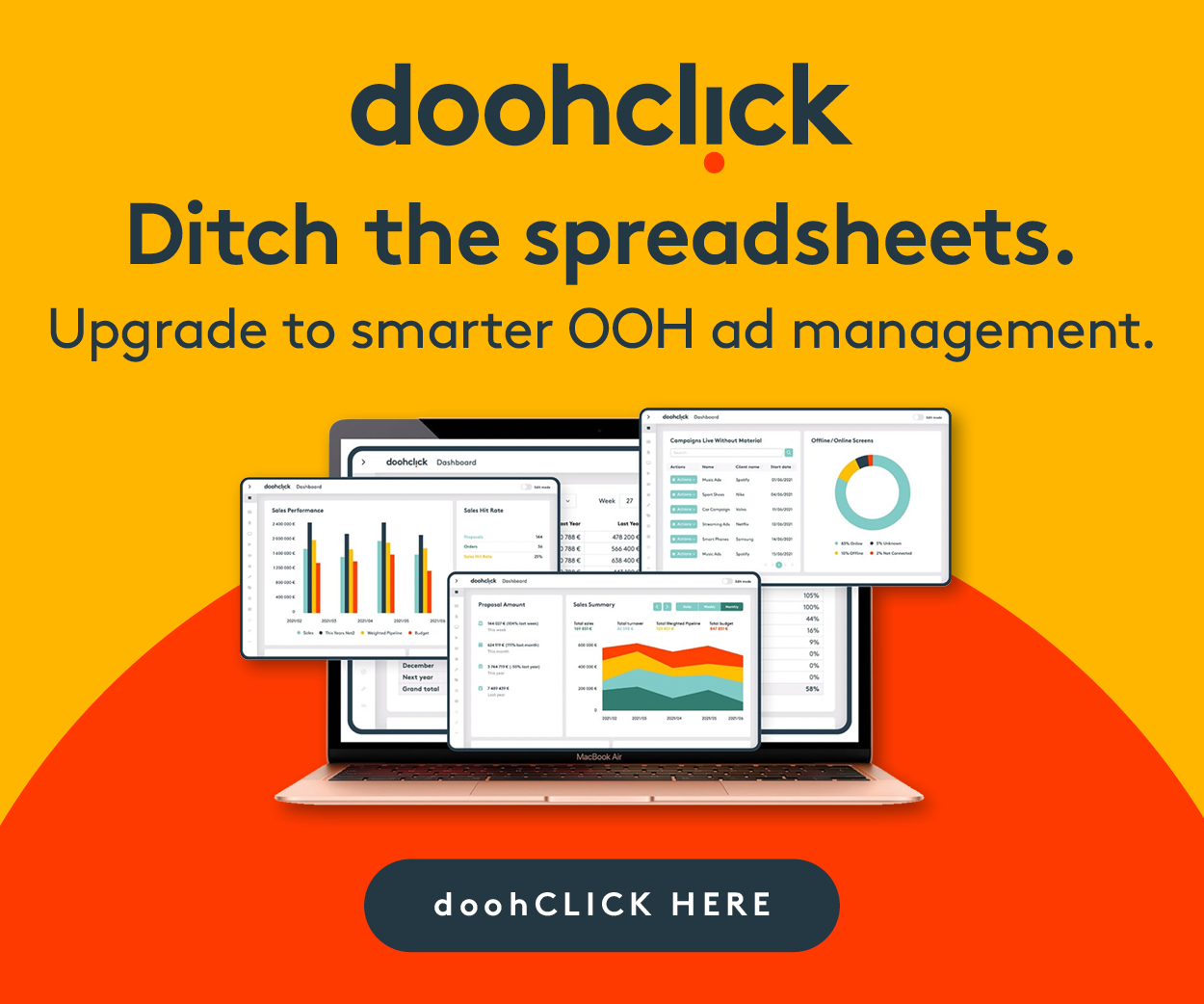Back To The Future – Circa 1998
Manolo Almagro, Q Division Managing Partner
10 years ago (yes, kids that was 1998) I was interviewed on a local Chicago TV show and asked to make some predictions about digital signage and its future, back then Blade Runner was seen as futuristic not Minority Report (Blade Runner was first released in 1982 mind) and it was the former and not the latter that was our glimpse as to what digital could become!
I thought everyone would get a kick out this video segment as it sets the context for my future posts as I will be covering the emerging technologies and industry trends that could be categorized as disruptive to the maturing industry in the upcoming years.
Click here for video of Digital Signage Industry Predictions of 1998
Fast Forward – to a few months ago, I had the great honor and privilege to speak at the Digital Signage Expo 2008 in Las Vegas. The session topic was 2015 Technologies – A Preview of What’s Coming. But, due to unfortunate scheduling – it was the last session on the last day – a lot of folks couldn’t make it. Well, at least that’s what they told me
In any case, thanks to Adrian and Jorge for giving me another shot at sharing my insights with an esteemed group of my peers (i.e. the DailyDOOH readership).
Here’s a summary of my predictions:
- The events in the next 3-5 years will be the most disruptive the industry has ever seen.
- Brands and Agencies will migrate budgets to performance based campaigns vs. impression based. The industry will demand more “internet ad-like” relevant metrics and analytics, face/eyeball counting technology falls short of the type of granular and behavioral analytics needed to measure true performance.
- Media buying and Ad Agencies won’t embrace digital signage networks until interoperability standards are adopted or enough consolidation occurs to allow a more simple way to manage campaigns.
- Digital Signage networks will eventually be integrated with agency DAMs and ad-serving networks like DoubleClick or Atlas will provide the analytics and metrics tracking. In-store playlist creation will become automated and based in continuous real-time feedback from in store sensors.
- Industry big boys like Adobe, Google, Microsoft or Broadband providers (Comcast) will begin to penetrate the digital signage market with their own solutions based on their RIA (Rich Internet Application) frameworks
- Web application technologies and open source communities will be key disruptors to the industry as new competitors emerge, leveraging new platforms that already have built-in interoperability and leverage web standards. Technologies like Adobe AIR, Adobe Media Player and Microsoft Silverlight will challenge the extensibility of established digital signage networks as they also provide distribution to mobile devices and console gaming systems.
- Existing digital signage software platforms that don’t embrace true web based frameworks as part of their core functionality will struggle to compete with the newer more flexible systems that do.
- Integrated campaigns that leverage mobile and on-line experiences as part of the in-store experience will be more successful than current digital signage campaigns.
- Mobile marketing will soon compete directly with in-store digital signage campaigns





April 24th, 2008 at 13:38 @609
I love the video. You’re definitely on target about performance versus impressions.
April 24th, 2008 at 14:23 @641
Adrian,
As usual, you’re right on point.
Only the highly-scalable and the religiously open systems will survive the onslaught of competition interested in collecting eyeballs.
The integration of digital signage with all and sundry must move forward vertically – meaning, for example, across different customer-interface platforms and horizontally – meaning, for example, across tyes of content.
In a practical example, I always advise customers: If you’re going to the trouble to distribute media, you might was well distribute other sorts of content (software updates, suffix documents, databases, and the like) with it – because it’s more cost effective to do it that way.
There’s a good piece in the latest Harvard Business Review in which CEO of Google explains his philosophy: ubiquity first, revenue later. If you can get the eyballs, you’ll find a way to make money.
April 28th, 2008 at 02:33 @148
Great Video. Looking forward to the posts.